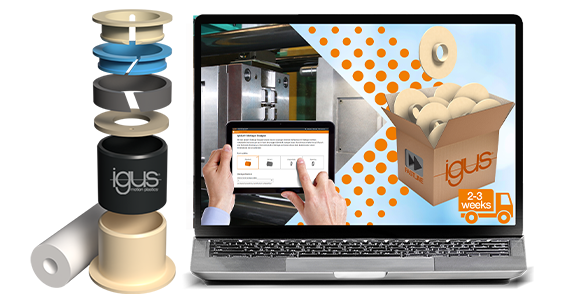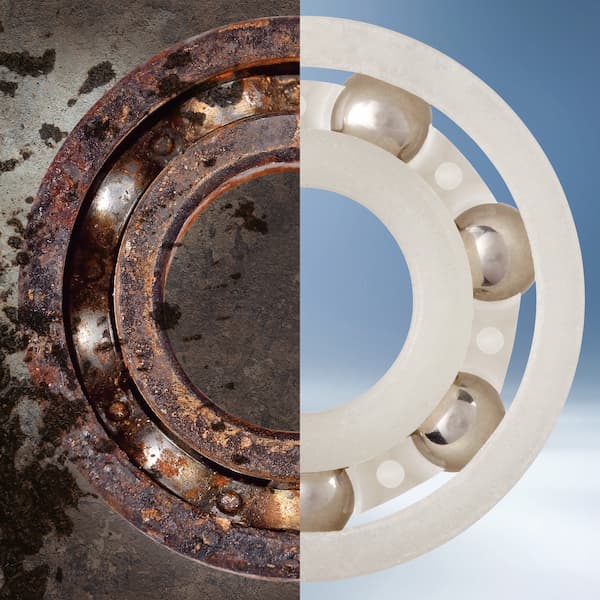How to calculate cost of 3D printed parts
When venturing into the world of 3D printing, the topic of cost is bound to arise. However, there isn’t one definitive answer as a variety of factors influence this calculation. This blog aims to outline all these influences and allow you to gain a better understanding of 3D printing overall.
3D printing process

3D printing is a process a little like printing ink on to paper, except the process builds a three-dimensional object from a computer-aided design (CAD) model. It does this by adding material, layer by layer. There are three main types of 3D printing: Fused Deposition Modelling (FDM), Selective Laser Sintering (SLS) and Stereolithography (SLA).
To decide whether 3D printing is cost effective, it’s crucial to look at what work goes in to get your finished product. The process begins with creating a 3D model of the object you want to make using computer-aided design (CAD) software. The model is then sliced into thin horizontal layers using special software, each layer representing a cross-section of the object. This slicing software then generates instructions for the 3D printer, determining how it will create each layer and these layers are then sent to the 3D printer where it starts printing the part bit by bit. Once the component is complete, it may require post-processing depending on the printing technology and the desired finish but otherwise, job done!
Even though this is a brief run-down of the steps involved, it’s apparent that a lot goes in to creating high quality 3D parts that stand the test of time and enhance the way a business operates.
igus® 3D printing service

To help customers avoid a complicated process, we provide an entirely free and easy-to-use way to print wear-resistant 3D printed parts. igus’® 3D printing service are available via the website and allow customers to upload their CAD file that is processed to provide a calculation of service life and overall cost of the part at lightning speed. If you don’t have CAD, you can use our configurator to generate the CAD model instead in some cases.
Click here to explore the igus® 3D printing service.
But igus® offers even more! If you have the means to 3D print yourself but not the engineering materials, igus® manufacture high-quality filaments and resin that are easy to process on all common 3D printers, available to order online here.
Advantages over other manufacturing methods
3D printing is a simple way of producing parts. Fast to manufacture from the moment the CAD is complete, it provides an efficient method of getting things done that is easily tailored to facilitate last minute adaptations (ideal for prototypes and pre-production runs). All industries could benefit from the advantages here.
Calculating the cost of 3D printed parts
The hassle of calculating cost is eliminated when using igus®, the cost is calculated as the result of several factors such as material costs, machine time, labour, post-processing, and overhead expenses. Here’s a general approach to calculating the cost:
Total Cost=Material Cost + Machine Cost + Labour Cost + Post-Processing Cost + Overhead Cost
It’s worth bearing in mind that the actual cost may vary depending on waste, overall efficiency, and economies of scale. It’s also a good idea to periodically review and adjust your cost calculation as processes and expenses are likely to change over time.
To dive deeper into all things 3D printing take a look at our other blogs here.



